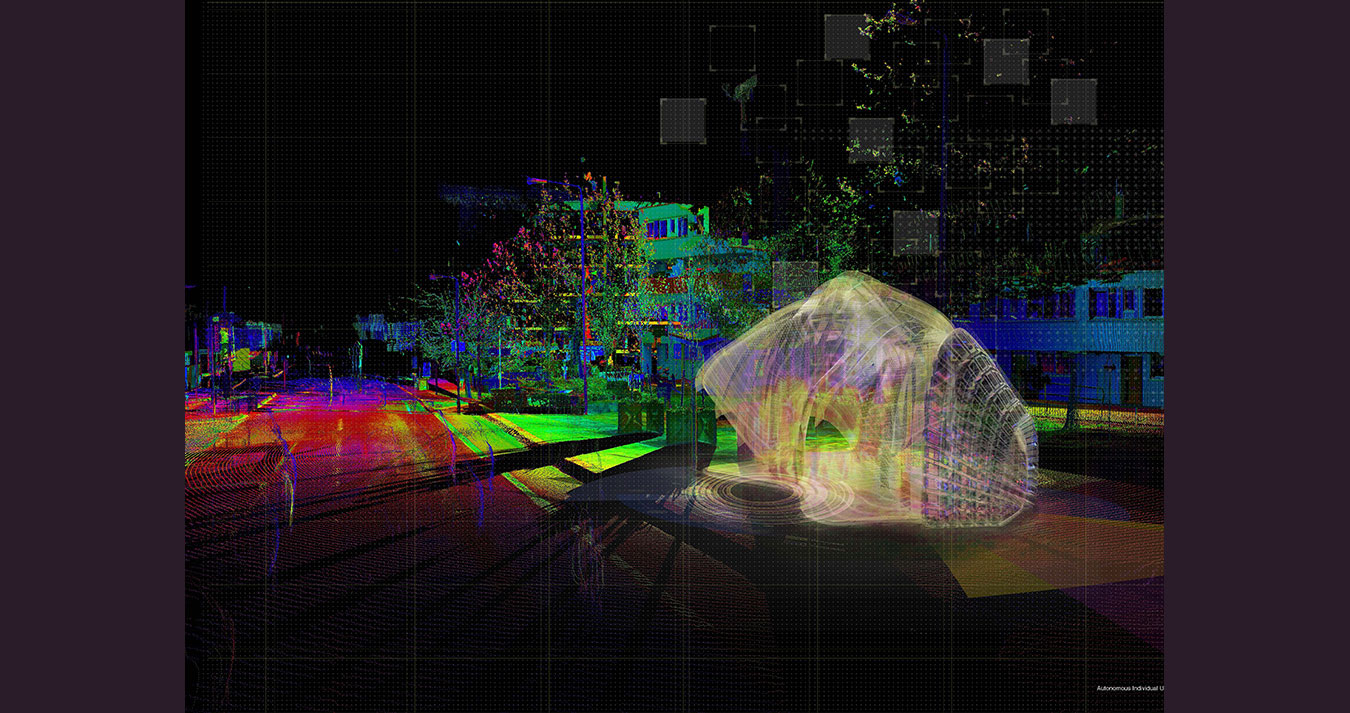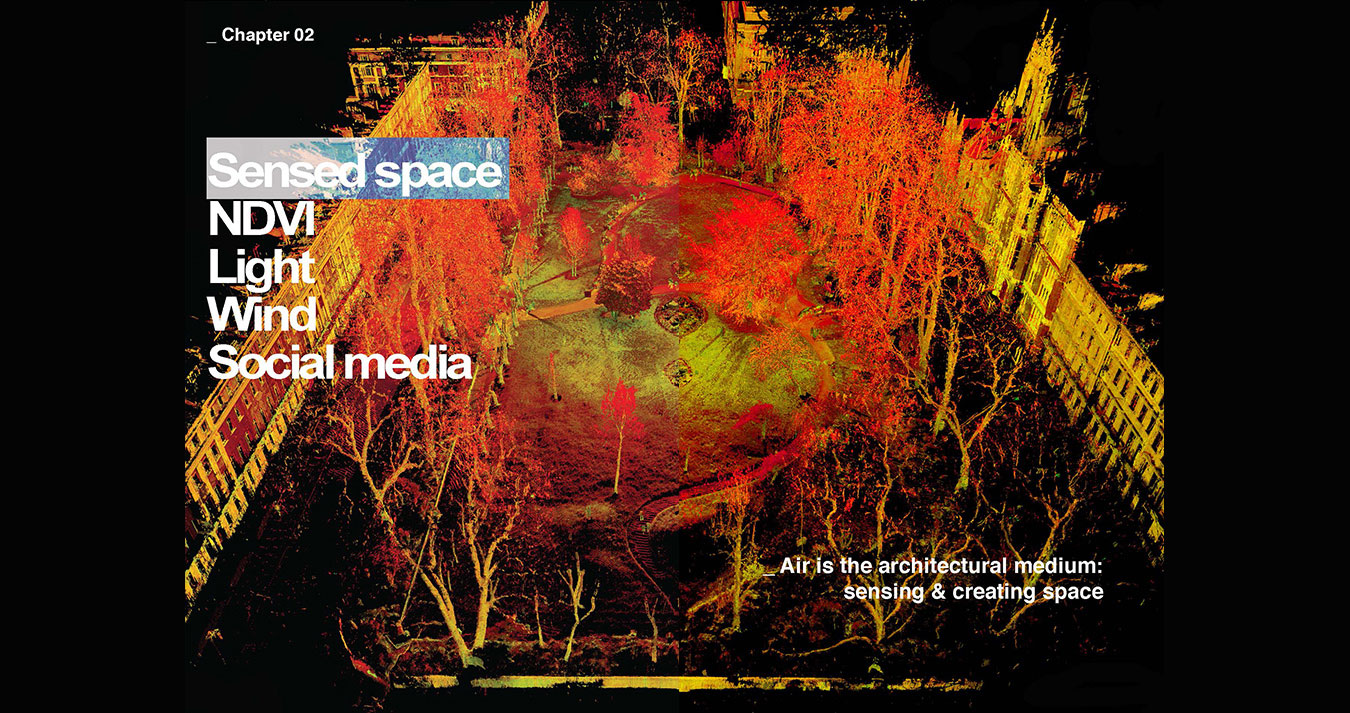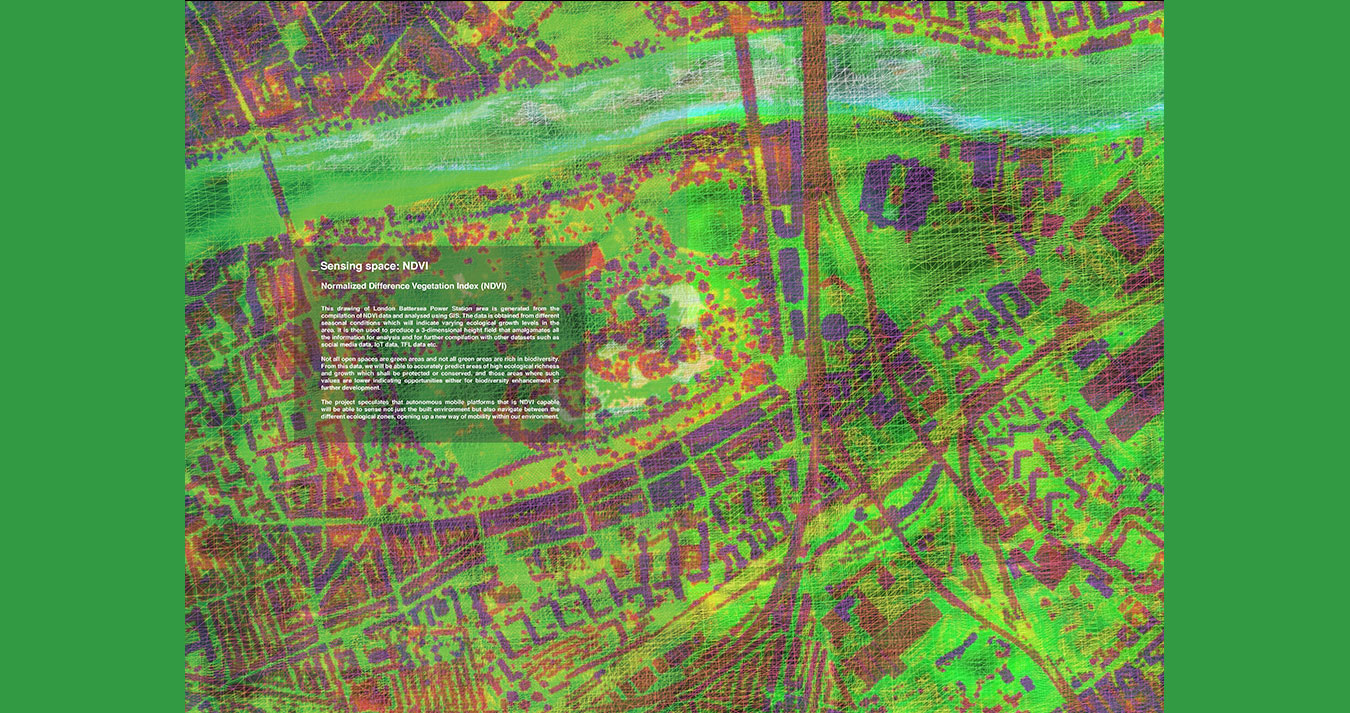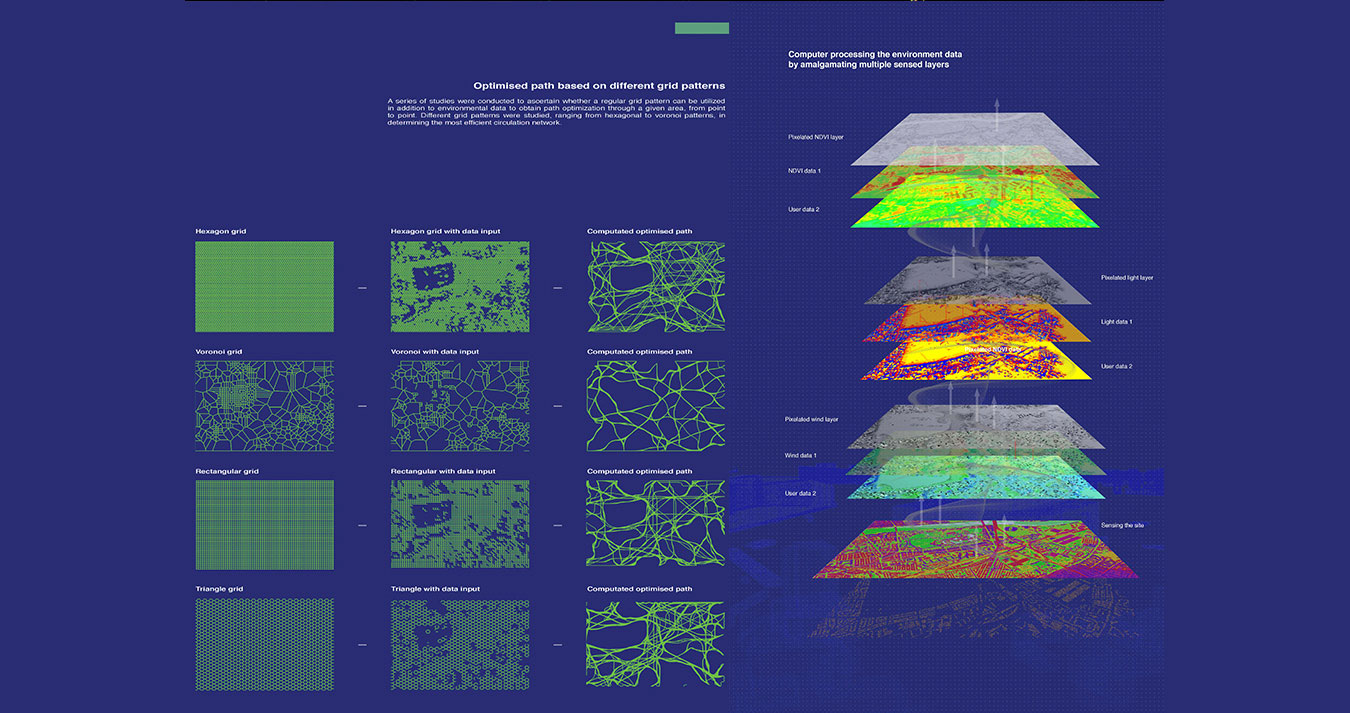
Autonomus Campus
Digital technologies have already enabled the disassociation of function from form and from spatial geolocation. Common current day-to-day devices like our mobile phones do not resemble those of yesteryears; they have miniaturized and yet contain much more functions than ever before, blurring of the boundaries of functions. The technologies have also allowed form and function to be detached from space and location – aspatial, and the Internet will bring about the death of distance where it is irrelevant in the communications future (Cairncross, 1997).
Autonomous mobility is an example of such a technological platform and it will bring forth a new set of urban paradigm. The conventional urban form is planned with the preoccupation with the priority for mobility, carving out transportation corridors and parcels out plots for the build environment, namely roads, highways, railway tracks etc., creating patterns that largely define the form and operations of our cities.
Computer vision and artificial intelligence in autonomous mobility enhances our ability to understand the abstract, imperceptible and complex systems in new ways. Similar to how autonomous vehicles will disrupt the logistic and transportation industry, the associated technologies of driverless cars will signal major changes to our future urban fabric too. It will emancipate functions from fixed geographical locations and our pre-existing knowledge of space, mobility and form.
For this, an alternative design approach is required in lieu of the current or a fixed methodology, when our current perception of forms and functions no longer conform to space/location. How can our urban forms be then designed? And how can it be designed with more assays to its natural capital?
- [year] 2018
- [Credits] Emilie Jinyi LI, Daniel Guangzhao, YANG Ronnie Khiaw, Yong TAN
- [Design Tutors] Enriqueta Llabres Valls, Zachary Flucker
- [H+T] Nuria Alvarez
Autonomus Campus
Digital technologies have already enabled the disassociation of function from form and from spatial geolocation. Common current day-to-day devices like our mobile phones do not resemble those of yesteryears; they have miniaturized and yet contain much more functions than ever before, blurring of the boundaries of functions. The technologies have also allowed form and function to be detached from space and location – aspatial, and the Internet will bring about the death of distance where it is irrelevant in the communications future (Cairncross, 1997).
Autonomous mobility is an example of such a technological platform and it will bring forth a new set of urban paradigm. The conventional urban form is planned with the preoccupation with the priority for mobility, carving out transportation corridors and parcels out plots for the build environment, namely roads, highways, railway tracks etc., creating patterns that largely define the form and operations of our cities.
Computer vision and artificial intelligence in autonomous mobility enhances our ability to understand the abstract, imperceptible and complex systems in new ways. Similar to how autonomous vehicles will disrupt the logistic and transportation industry, the associated technologies of driverless cars will signal major changes to our future urban fabric too. It will emancipate functions from fixed geographical locations and our pre-existing knowledge of space, mobility and form.
For this, an alternative design approach is required in lieu of the current or a fixed methodology, when our current perception of forms and functions no longer conform to space/location. How can our urban forms be then designed? And how can it be designed with more assays to its natural capital?





